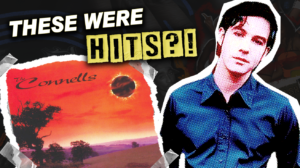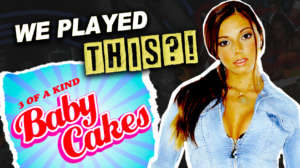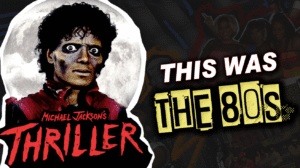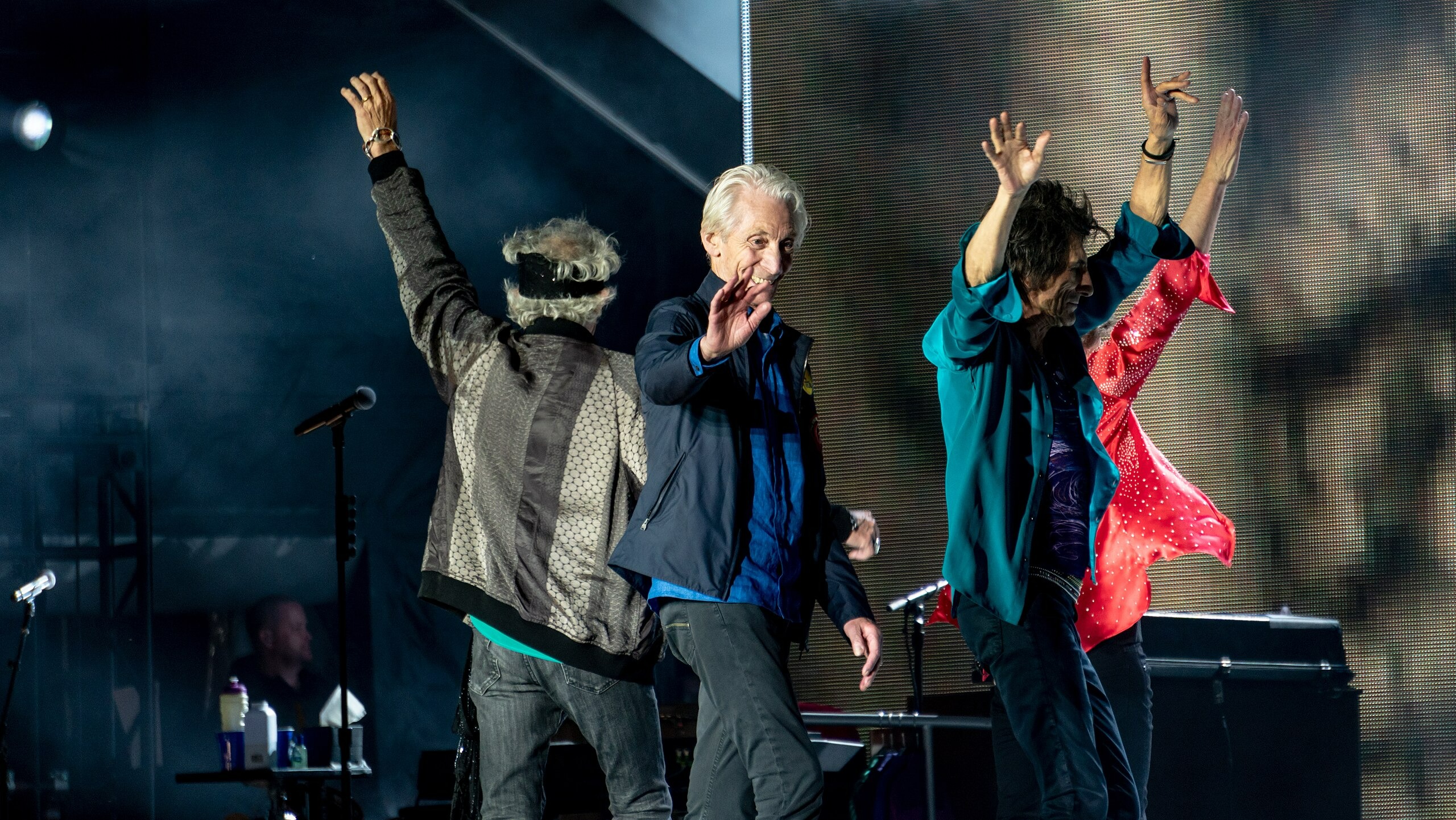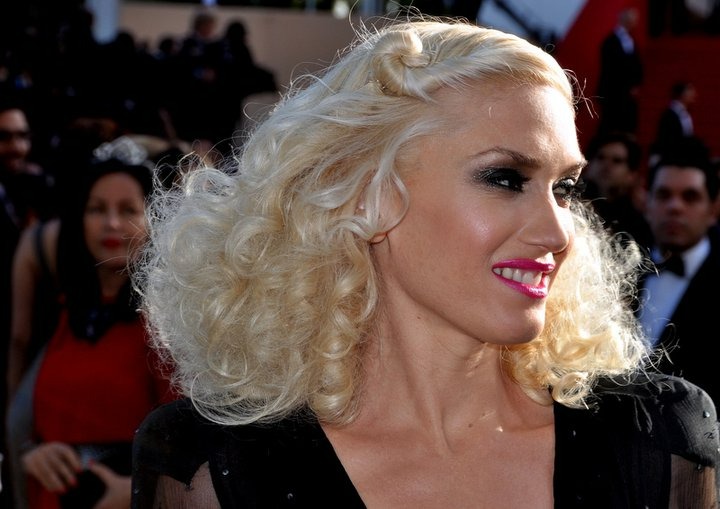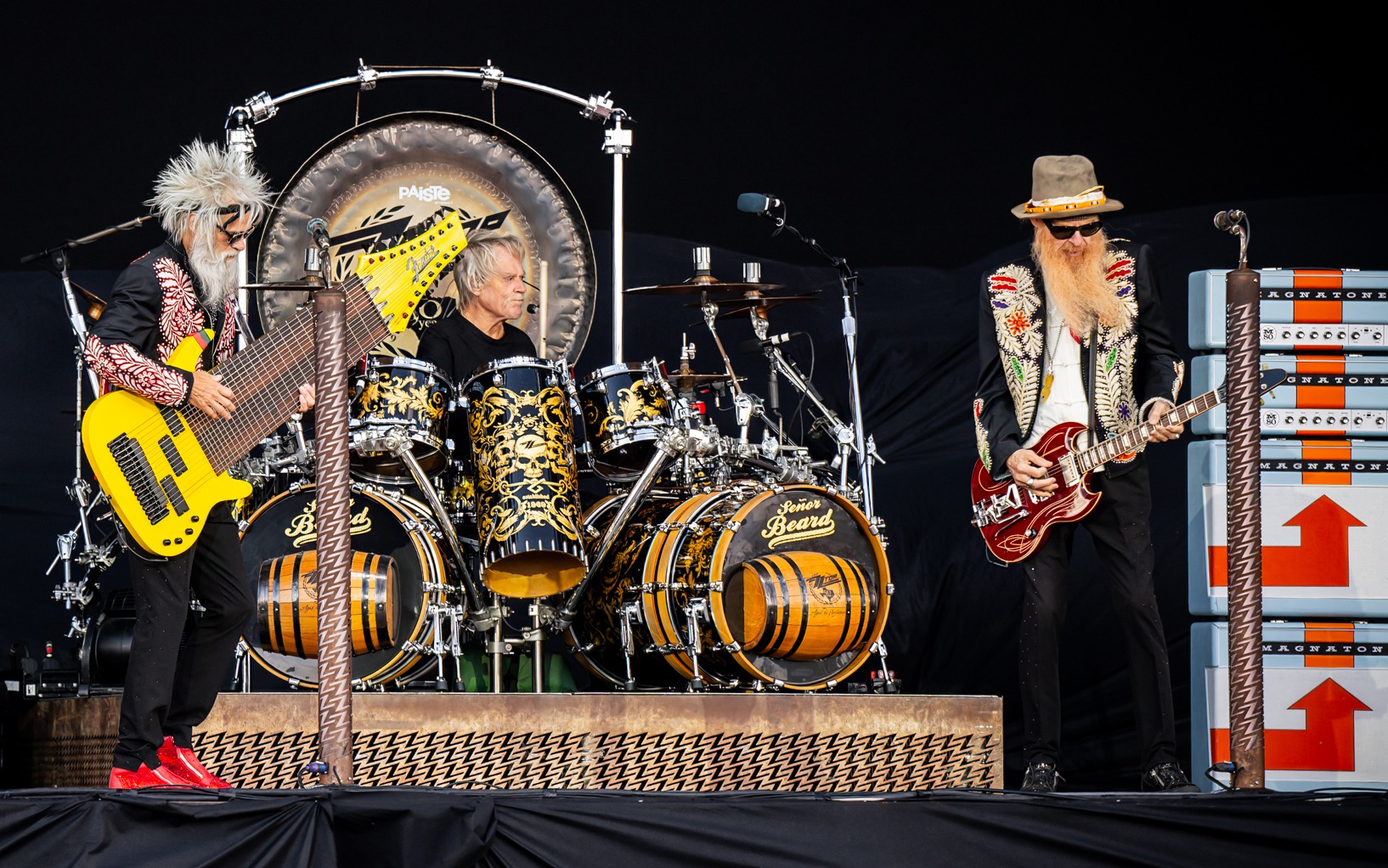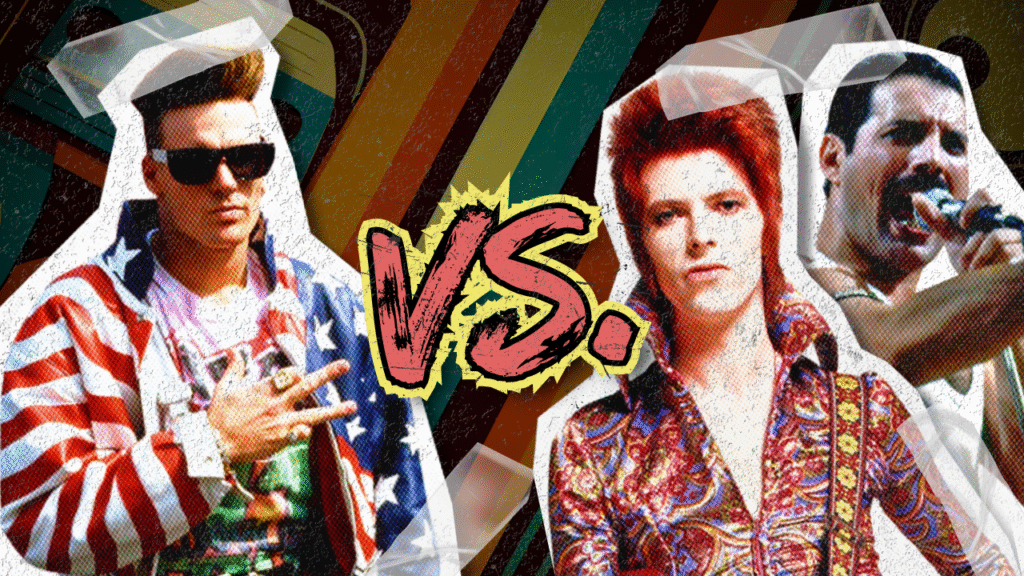
Every songwriter absorbs influences like vintage studio gear soaking up decades of sound, layer by layer. The difference between inspiration and infringement has become razor-thin in today’s algorithm-driven landscape, where digital platforms function as massive audio surveillance systems.
Copyright infringement settlements regularly hit seven figures, fundamentally reshaping how artists approach composition like a compressor permanently altering dynamics. Musical déjà vu transforms into a potential career catastrophe when lawyers enter the creative process, and these cases reveal exactly how expensive familiar sounds become when courtrooms replace recording booths.
1. Marvin Gaye Estate vs. Robin Thicke & Pharrell Williams

The “Blurred Lines” verdict demonstrated that copying a song’s vibe could cost $7.4 million—transforming how producers approach vintage sounds forever. Marvin Gaye’s estate successfully argued the track copied the “feel” of 1977’s “Got To Give It Up,” creating unprecedented legal precedent that sent shockwaves through Nashville and beyond.
The landmark 2015 verdict awarded the Gaye family $5.3 million plus ongoing royalties after reduction, revolutionizing copyright law by protecting a song’s overall vibe rather than just melody or lyrics.
The “Blurred Lines” lawsuit not only set a multimillion-dollar precedent but also redefined the scope of what copyright protects in music. Explore more famous legal music battles that changed how artists approach songwriting and sampling.
2. George Harrison’s “My Sweet Lord” vs. The Chiffons’ “He’s So Fine”
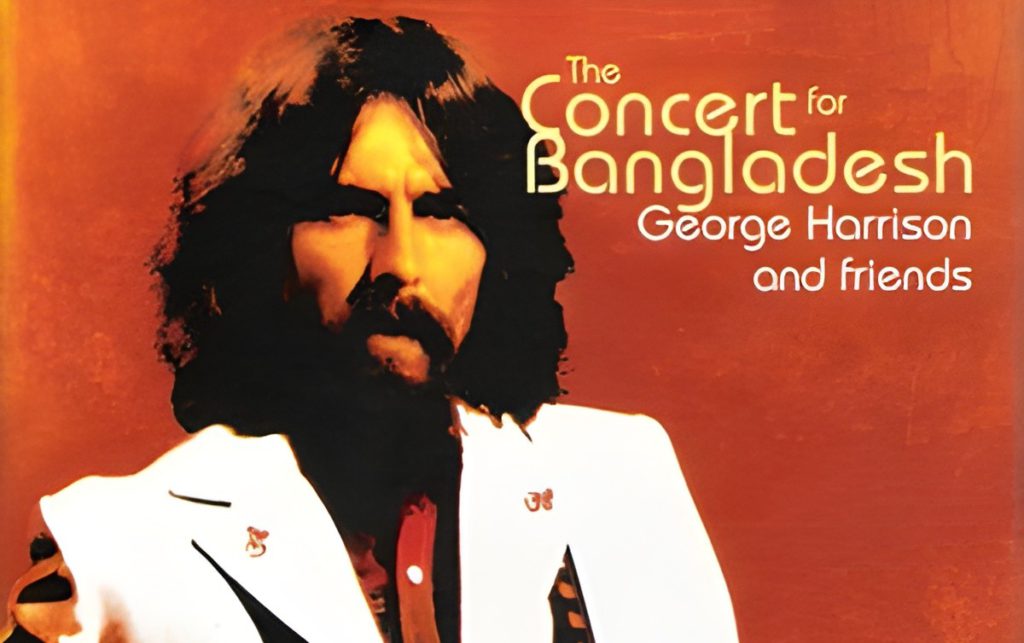
If you’re a songwriter who absorbs everything you hear, Harrison’s $1.6 million lesson establishes that subconscious plagiarism carries devastating financial consequences. Despite his genuine insistence about unconscious creation, courts established the costly concept of “subconscious copying,” validating that even the Beatles couldn’t escape copyright consequences.
The former Beatle ultimately paid over a million and surrendered publishing rights in a settlement that transformed musical memory from a creative gift into a legal liability.
The risk of subconscious plagiarism means that even seasoned songwriters must rethink their creative habits. Learn how industry legends avoid these pitfalls in songwriting tips from famous songwriters.
3. Vanilla Ice vs. Queen & David Bowie
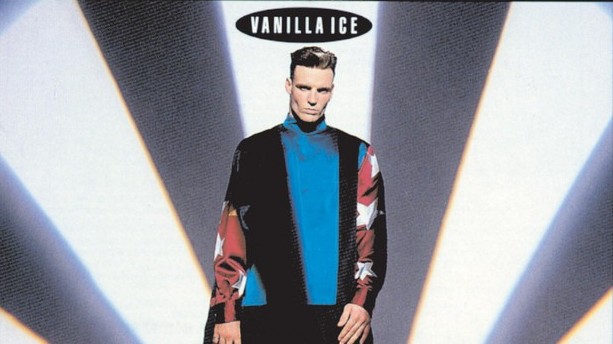
Sampling without permission destroyed careers faster than Ice’s “added a note” defense collapsed—turning hip-hop’s biggest hit into its most expensive cautionary tale. The infamous claim that he modified Queen and David Bowie’s bassline created hip-hop’s most laughable legal argument that fell apart under the slightest scrutiny.
Facing overwhelming evidence and inevitable legal defeat, Ice settled out of court while adding Queen and Bowie as official co-writers. Need to sample iconic basslines? Ice’s multi-million dollar lesson shows that permission costs less than litigation.
4. Olivia Rodrigo and Paramore’s “Good 4 U” Situation
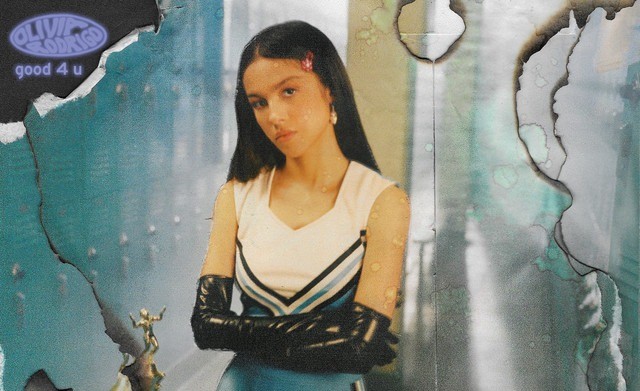
Need to avoid a copyright lawsuit in the streaming era? Rodrigo’s team credited Paramore proactively, turning potential litigation into smart preventive strategy. Rather than risk litigation in an era where streaming economics make songwriting credits incredibly valuable, her team proactively credited Hayley Williams and Josh Farro as co-writers.
This preemptive move represents modern copyright strategy where fan communities function as unofficial copyright enforcement, identifying potential infringement within hours of release. Fan detection systems now work faster than any legal team—social media beats courtrooms to the punch every time.
5. Tracy Chapman vs. Nicki Minaj
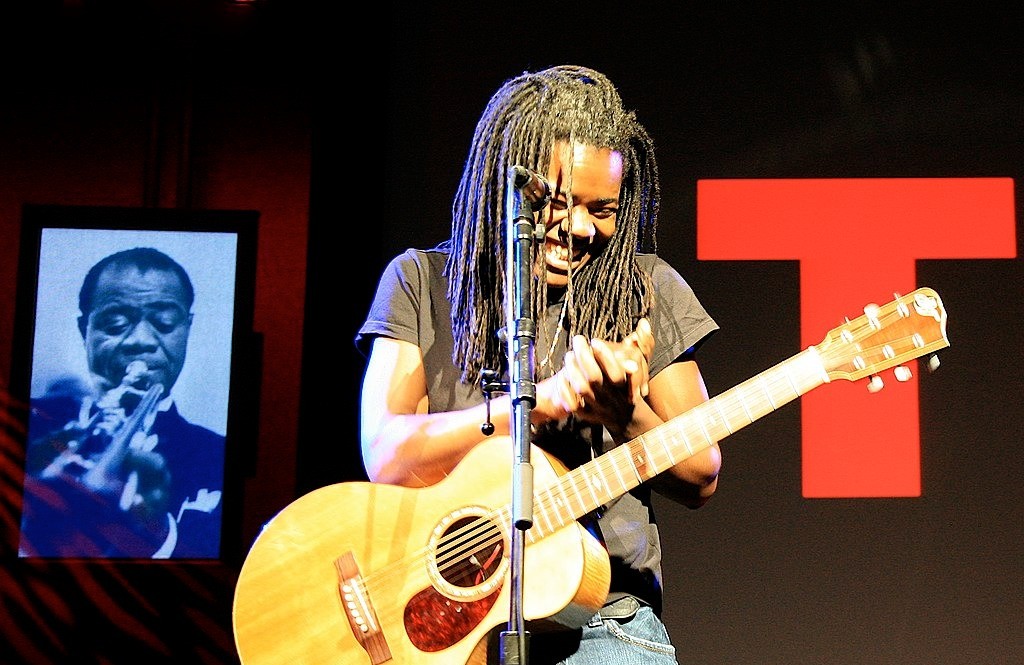
The Chapman settlement delivered crystal-clear boundaries: private experimentation stays legal, but unauthorized public release triggers $450,000 consequences. After Chapman repeatedly denied licensing requests, the track leaked through DJ Funkmaster Flex’s radio play, turning private experimentation into public infringement.
Chapman’s $450,000 settlement victory clarified crucial legal distinctions between creative exploration and commercial distribution. Studio time stays protected, but radio play equals payday—the moment your track hits airwaves, copyright protection kicks into overdrive.
6. Coldplay vs. Joe Satriani

Worried about common chord progressions triggering lawsuits? The Coldplay-Satriani settlement highlights exactly where familiar becomes legally dangerous territory. The similarity was striking enough to warrant legal action, though both compositions used relatively common chord progressions that exist throughout rock history.
Both parties settled confidentially in 2009, highlighting fundamental tensions in copyright law between protecting original work and acknowledging finite melodic possibilities. When guitar virtuosos and chart-toppers clash over chord progressions, even common musical DNA becomes expensive real estate.
7. Artikal Sound System vs. Dua Lipa
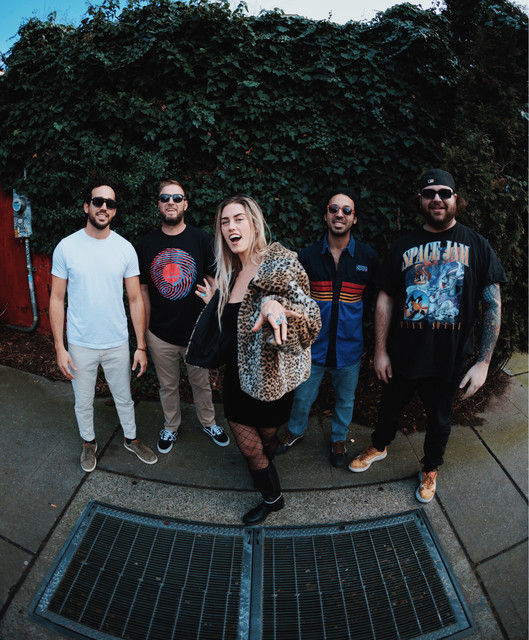
The “Levitating” dismissal confirms that streaming success doesn’t guarantee copyright vulnerability—insufficient evidence of access matters more than surface similarities. The lawsuit exposed dramatic visibility disparities between artists in an era where streaming platforms democratize distribution while amplifying commercial success differences.
Courts ultimately dismissed the case, citing insufficient evidence of access or copying despite surface-level similarities in tempo and melodic elements. Global hits require global evidence—chart dominance alone won’t win copyright cases without concrete proof of musical theft.
8. Oasis vs. The New Seekers
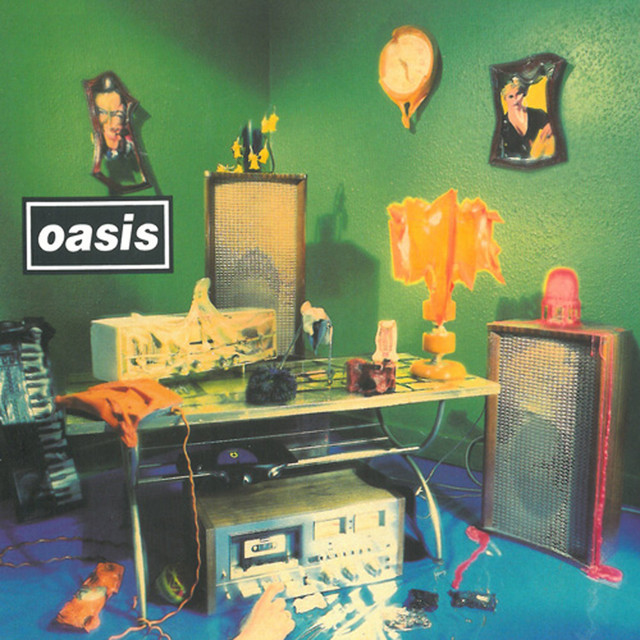
Joking about obvious musical borrowing cost Oasis AU$500,000—demonstrating that artistic honesty becomes courtroom liability when lawyers get involved. The brazen acknowledgment made legal defense impossible, turning artistic honesty into courtroom liability.
Oasis settled for AU$500,000 and altered songwriting credits, marking the beginning of multiple copyright controversies throughout their career. If you’re borrowing melodies from TV commercials, maybe keep the jokes to yourself—Gallagher’s honesty turned into expensive comedy material.
9. Arcade Fire vs. New Order
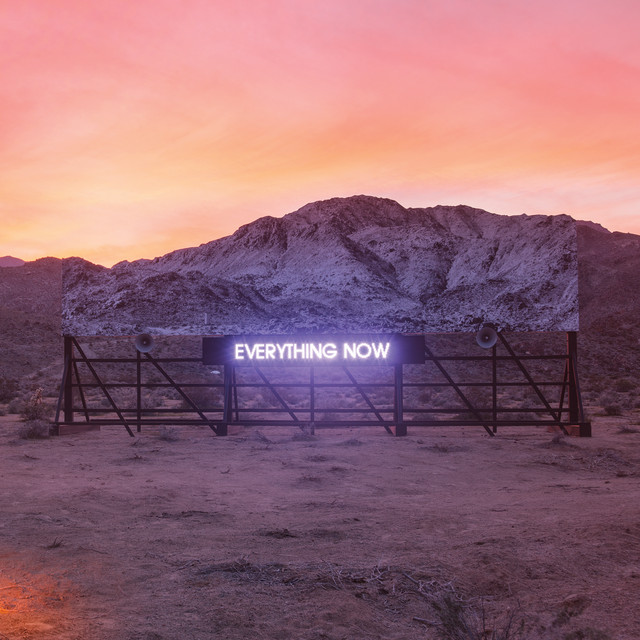
Fan communities detected “Everything Now” similarities to New Order’s “Temptation” and ABBA’s “Dancing Queen” without lawsuits—establishing how social media creates reputational pressure that’s as damaging as court settlements. Music journalists and online critics drove similarity conversations through social media rather than rights holders pursuing legal action, showcasing evolved copyright enforcement.
This crowd-sourced identification creates reputational pressure that damages artists as effectively as courtroom victories while costing significantly less than traditional legal proceedings. Twitter threads now carry the same weight as legal briefs—public opinion shapes careers faster than judge decisions.
10. Pat Benatar vs. Rascal Flatts
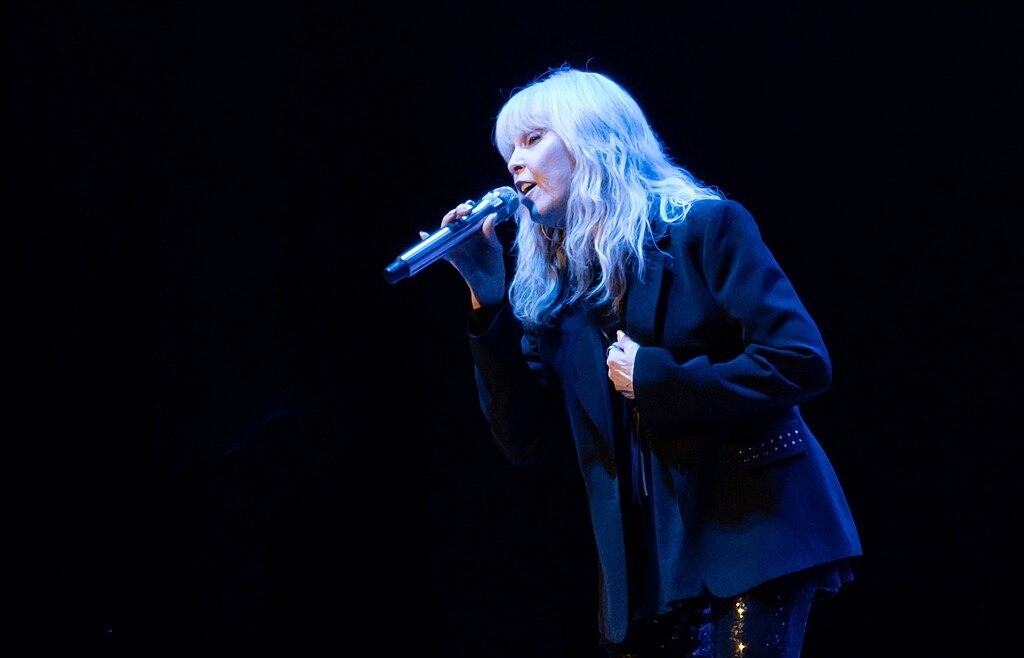
If you’re crossing genre boundaries, the Benatar-Rascal Flatts controversy shows that melodic DNA survives complete production makeovers—rock or country doesn’t matter. The controversy established that core melodic elements remain protected regardless of genre recontextualization, from arena rock to Nashville country.
No litigation occurred, but streaming platforms now expose listeners to diverse musical influences while breaking down traditional genre barriers that once provided informal protection. Genre-hopping won’t hide familiar melodies—algorithms expose musical DNA across every style boundary imaginable.




